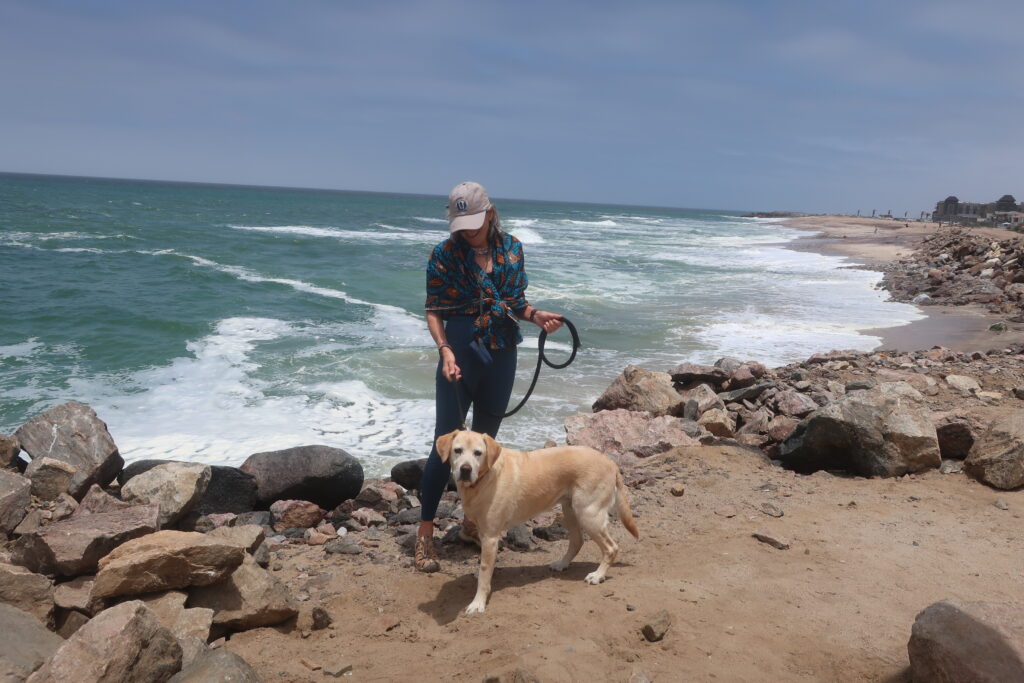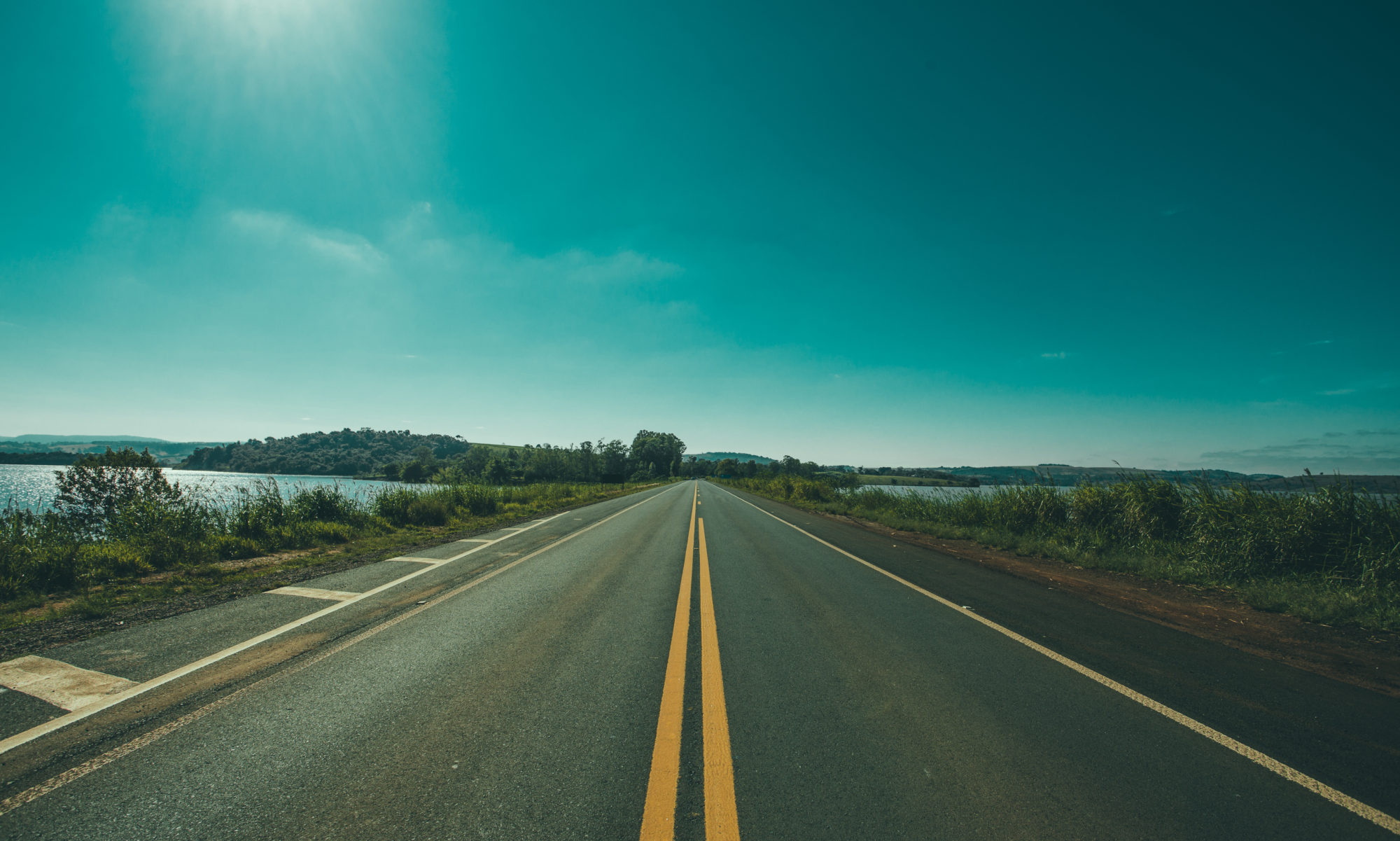As mentioned in the last entry, seeing that whale breaching was a real treat.
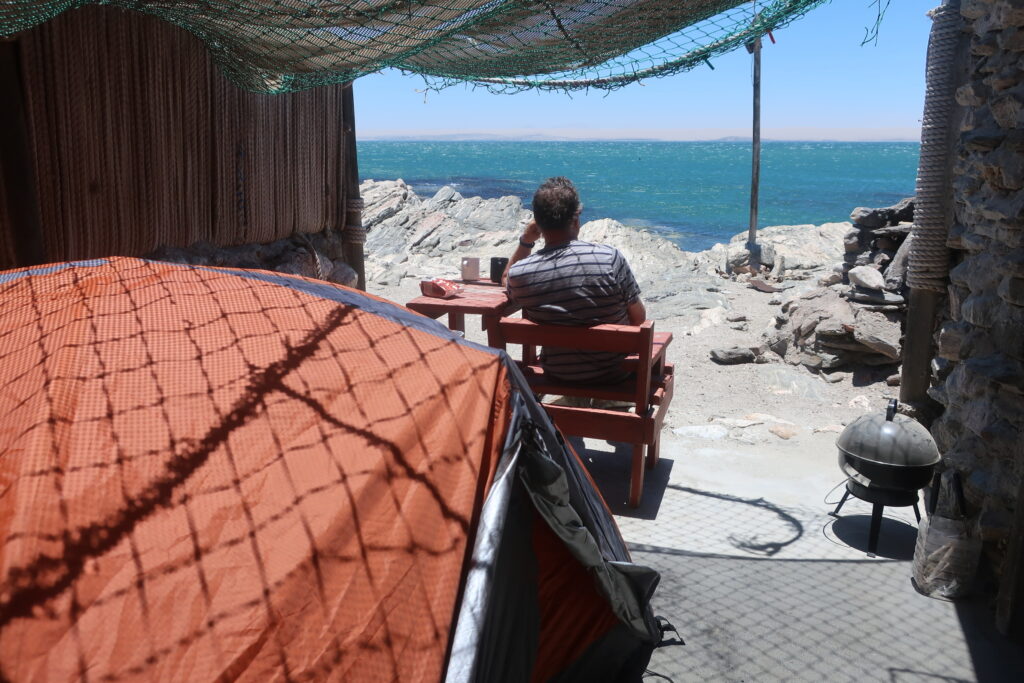
Note the small BBQ to the right. Almost every night, we dine on rib-eyes, T-bones, and fillet steaks, superbly grilled by Maria. Beef is a bargain in this part of the world.
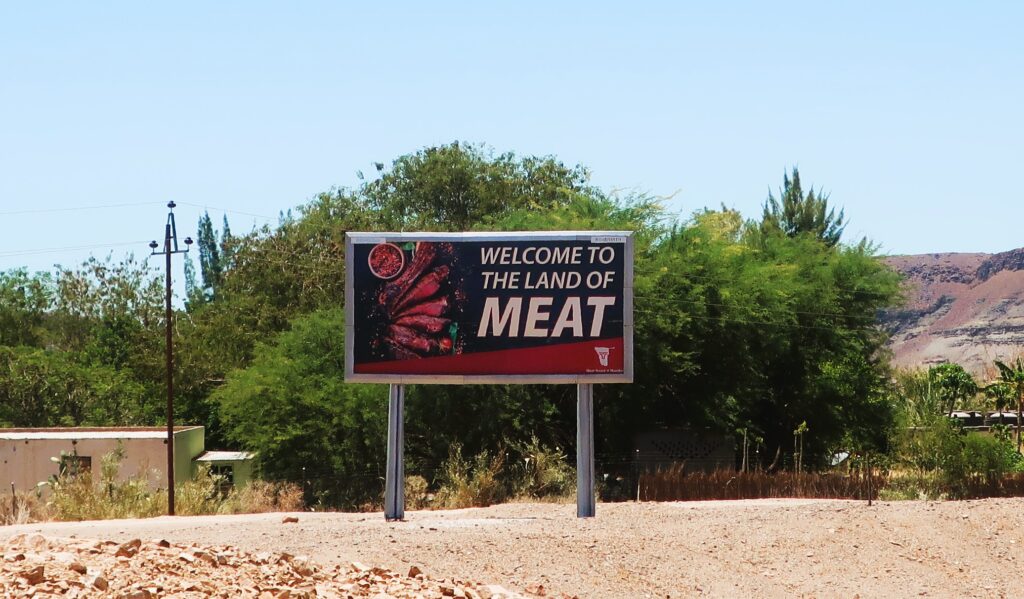
So is wine. We’ve been enjoying fine South African wines for half the price we pay in Canada. In fact, prices are very reasonable here (considering the standard of living) compared to east Africa, where prices are appalling (considering the standard of living).
Besides whales, the local waters hold other strange apparitions. We think this is a diamond-mining ship. It’s lit up like a Christmas tree at night.
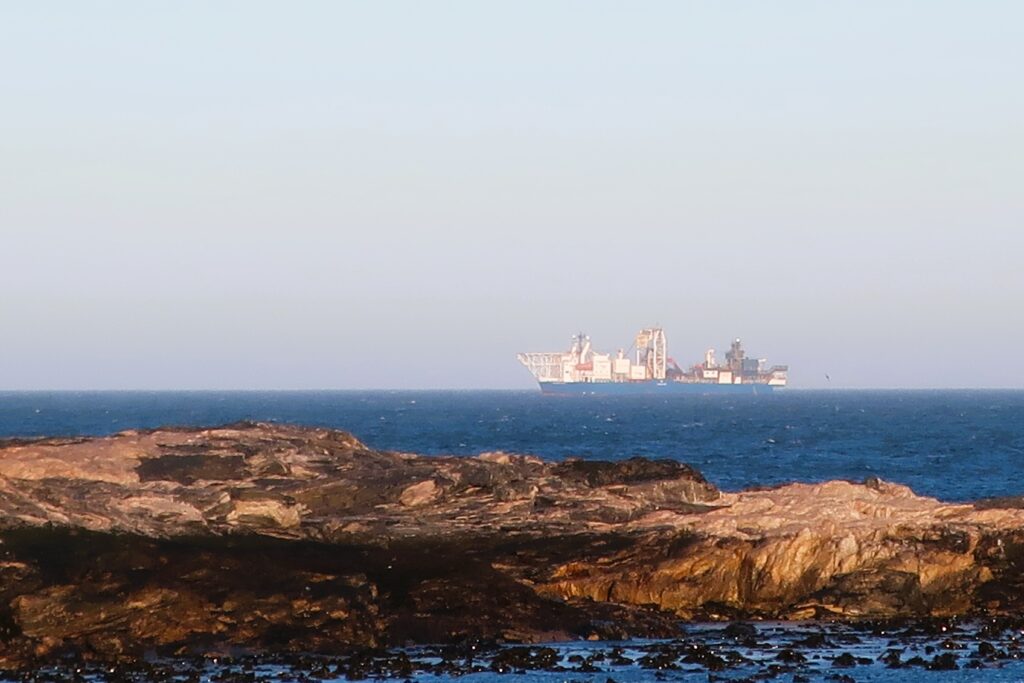
We drive around the peninsula to explore other parts.
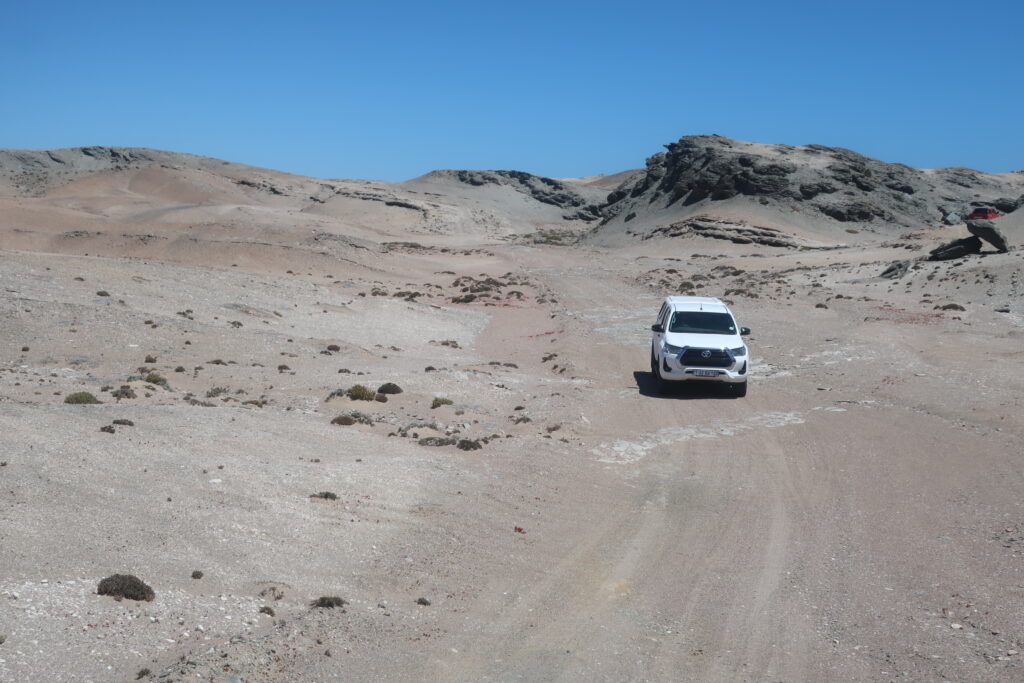
Including Grosse Bucht, popular with windsurfers. Despite Arctic conditions, Maria insists on going for a dip.
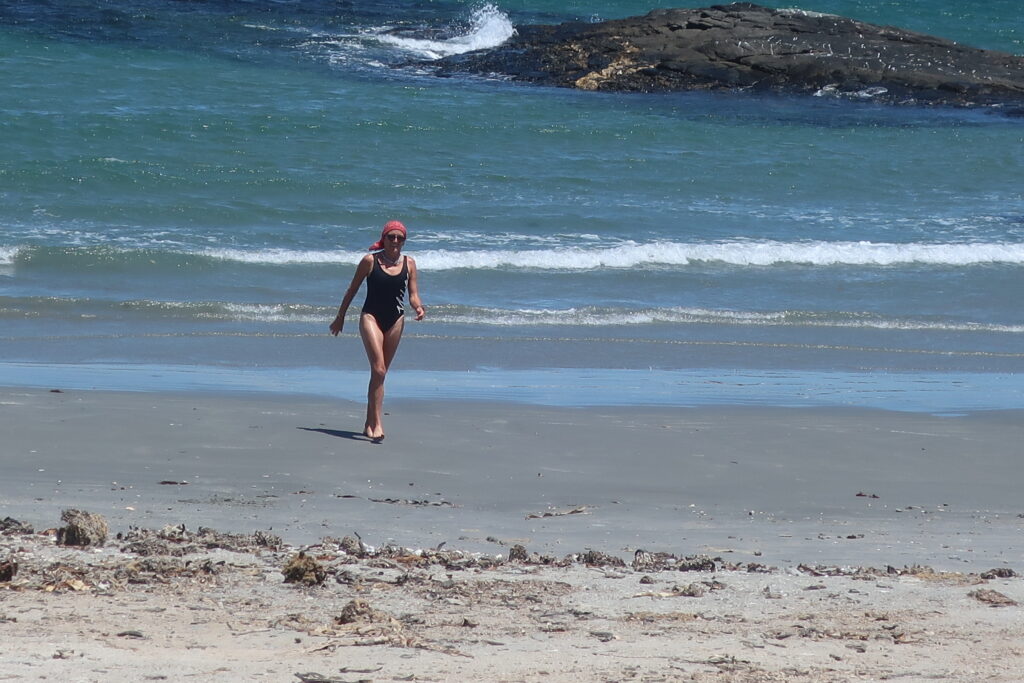
You see a lot of flamingos in Africa. We’ve seen them in Kenya, and Malawi, and several places here in Southern Africa. They like salt marshes.

Back in Lüderitz. Some more examples of German influence.
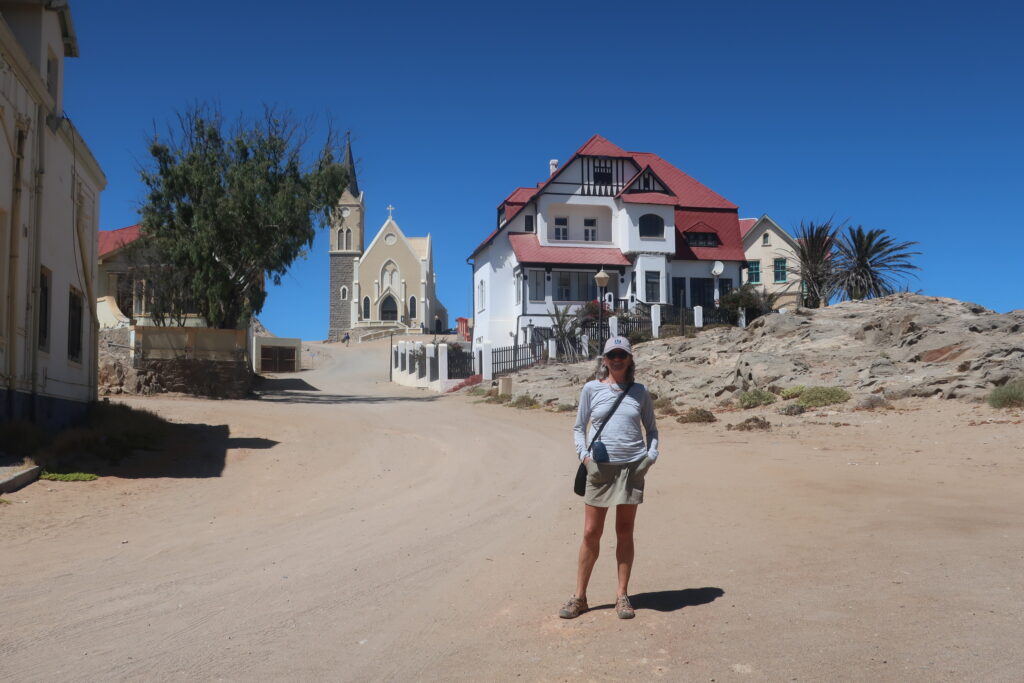
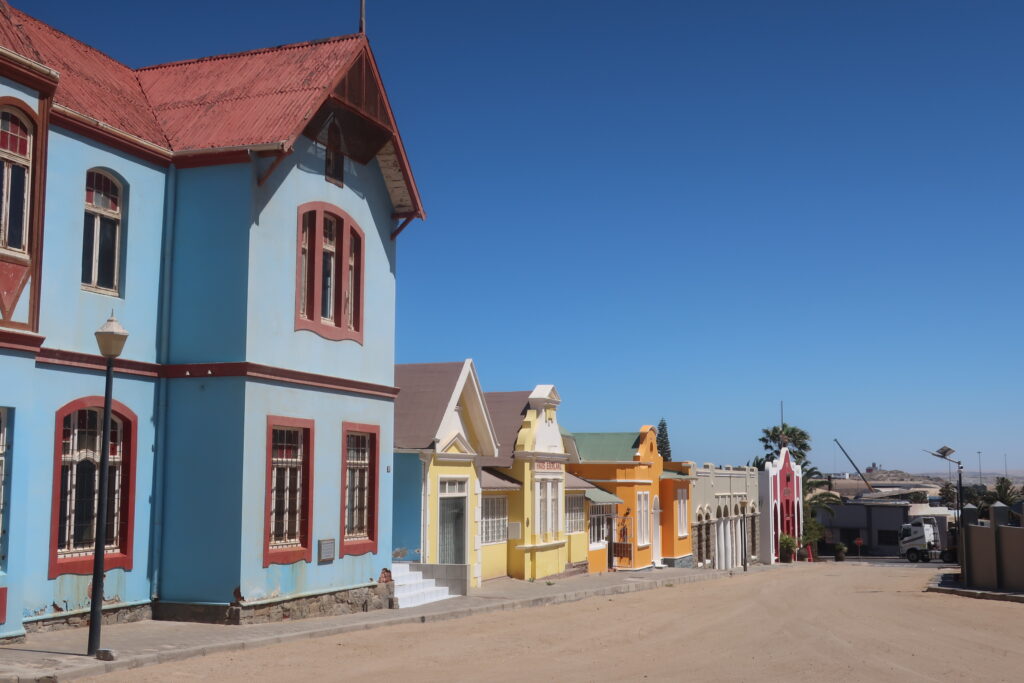

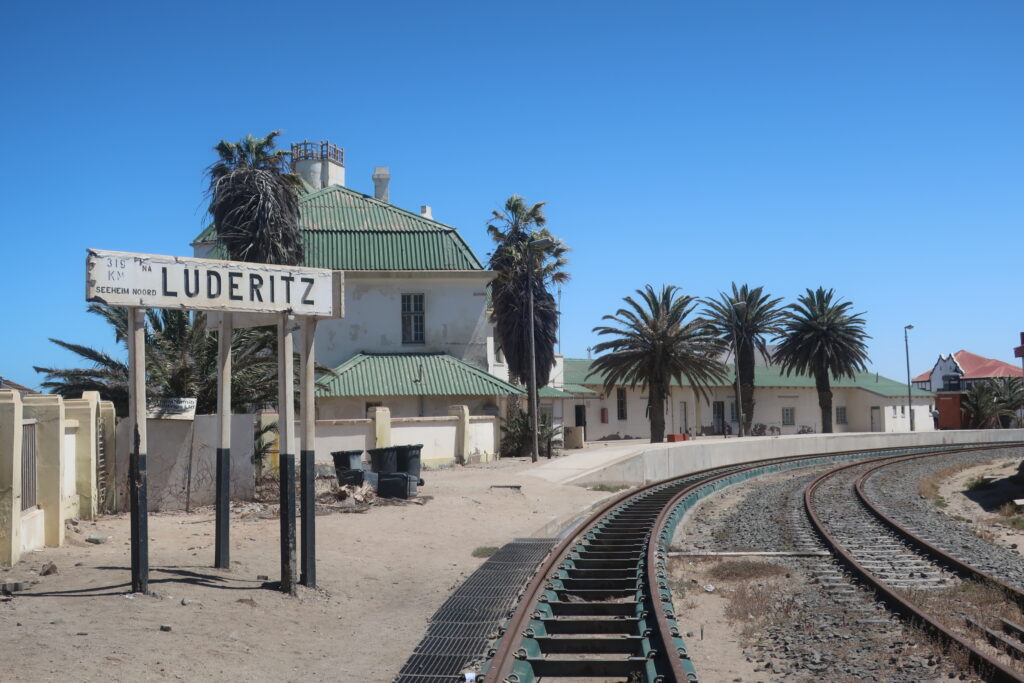
This is the main feature of Namibian tourist brochures and posters – mountainous red sand dunes, blue sky, and not much else.
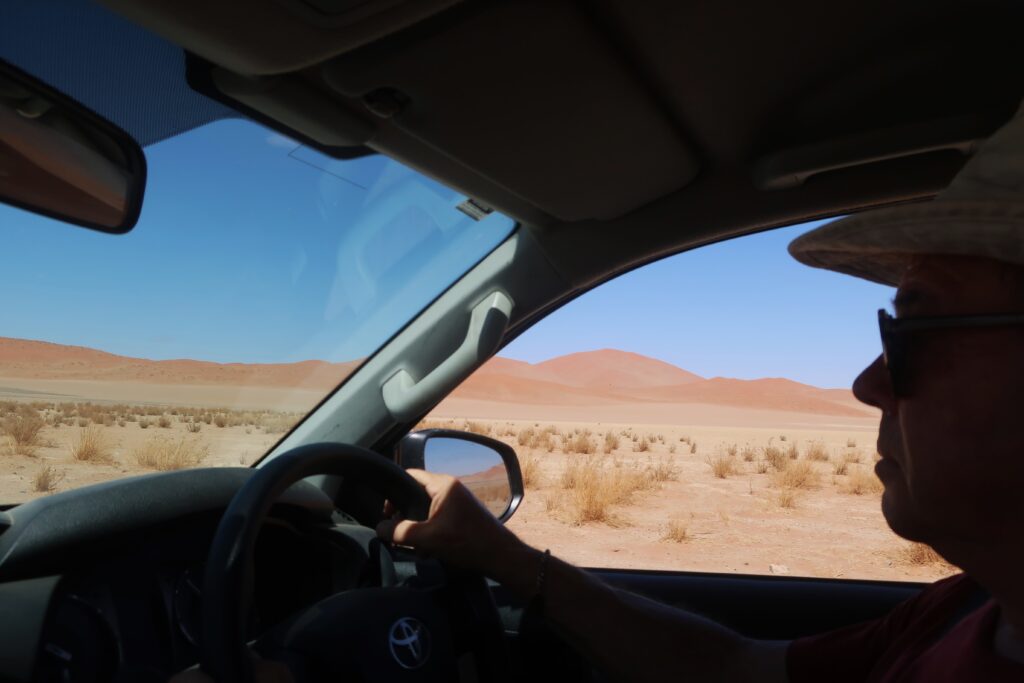
This is a Mecca for lovers of deserts. (Guilty as charged.)
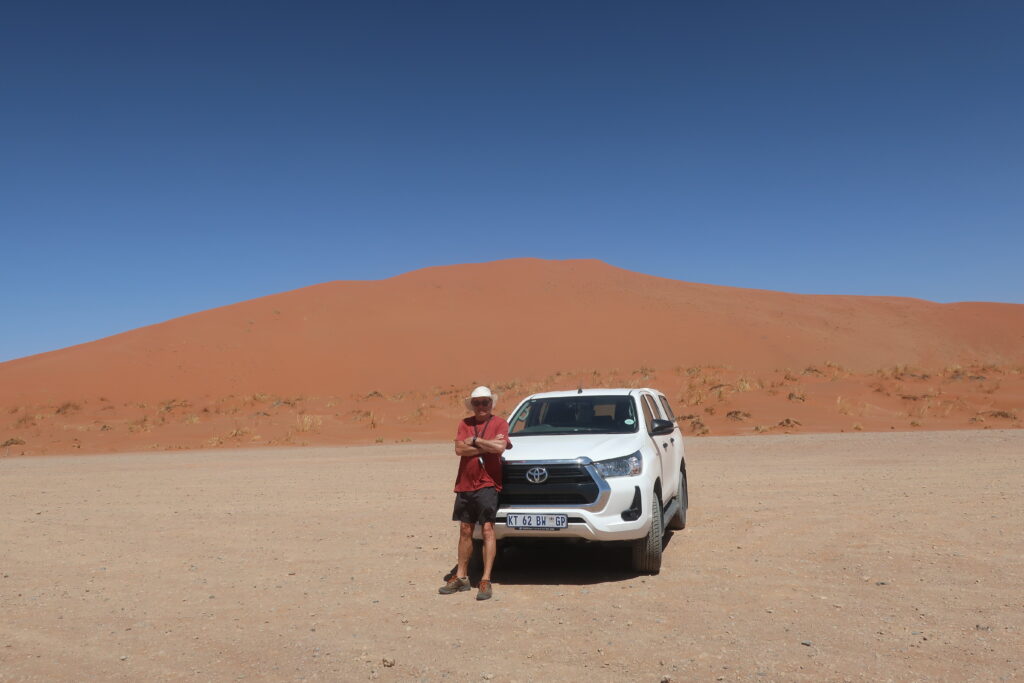
The red sand gives everything a vaguely Martian look
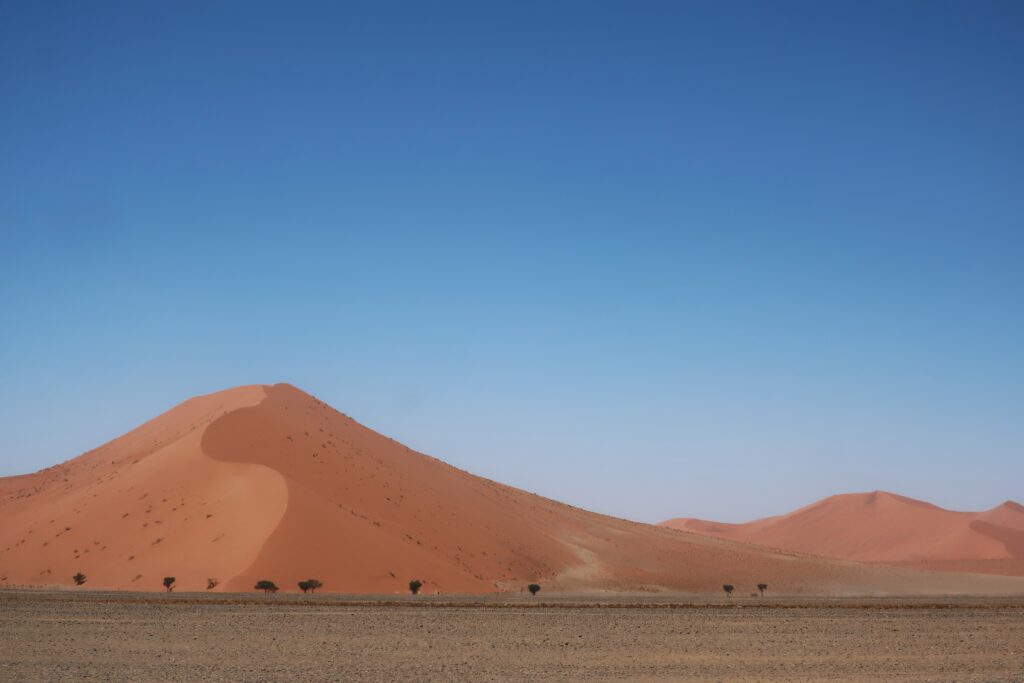
Some of these dunes are hundreds of metres high.
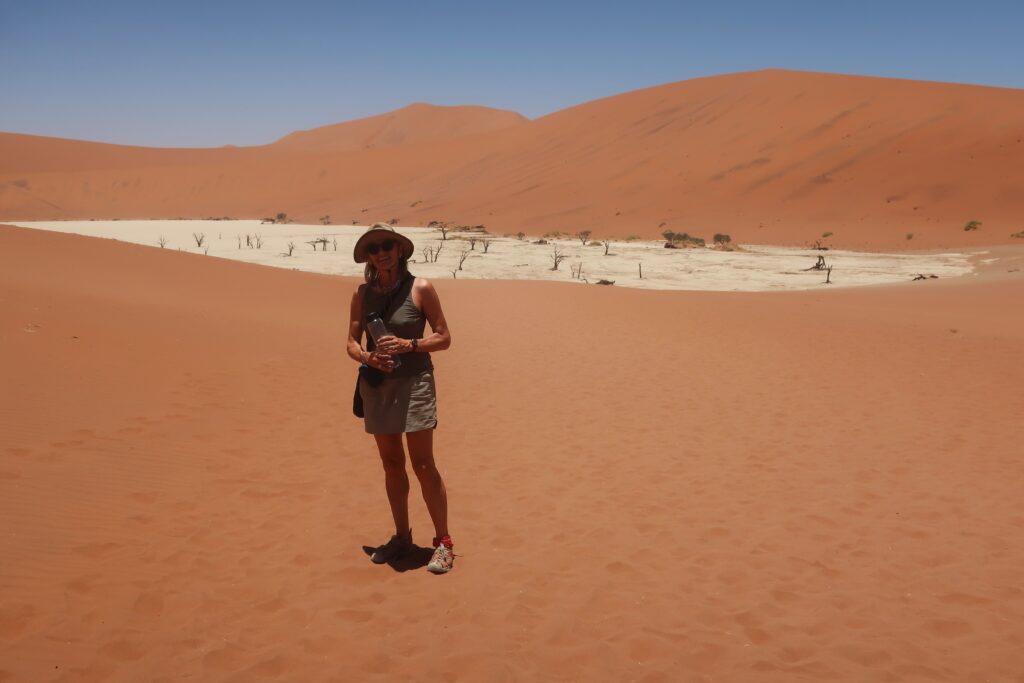
This is all part of the Germany-sized Namib Naukluft Park.
We trudge back from the half-hour trek to Deadvlei.

Our camping location is in nearby Sesriem. There are jackals in the night and oryxes browsing outside the dishwashing area during the day.
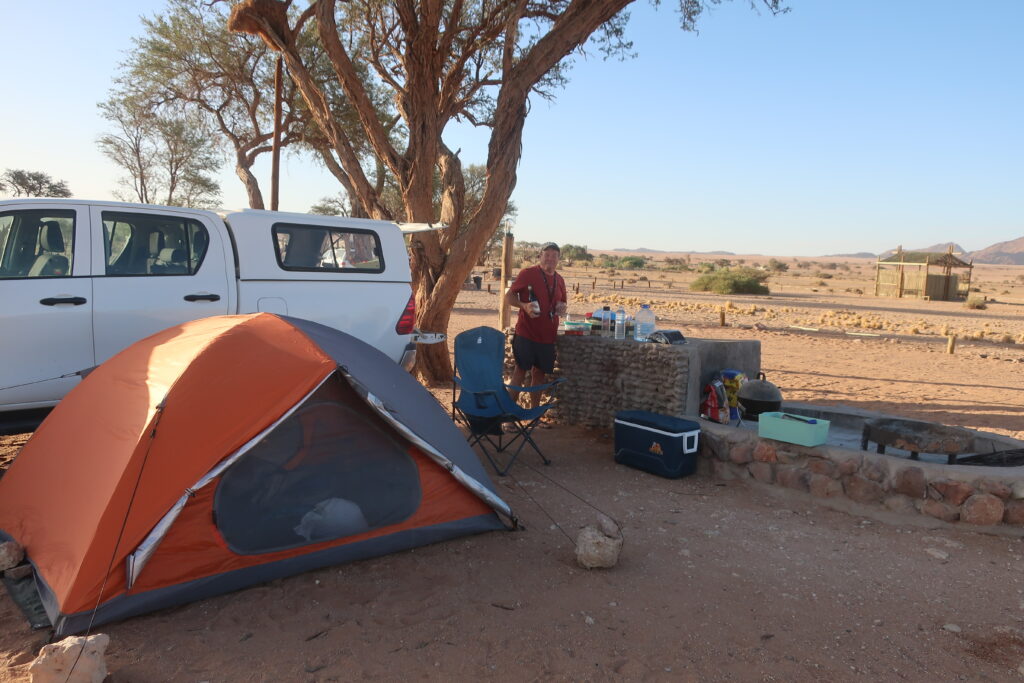
Oryxes are found throughout Namibia. Their name comes from the ancient Greek word for ‘pick-axe’.

They feature prominently on the Namibian coat of arms.
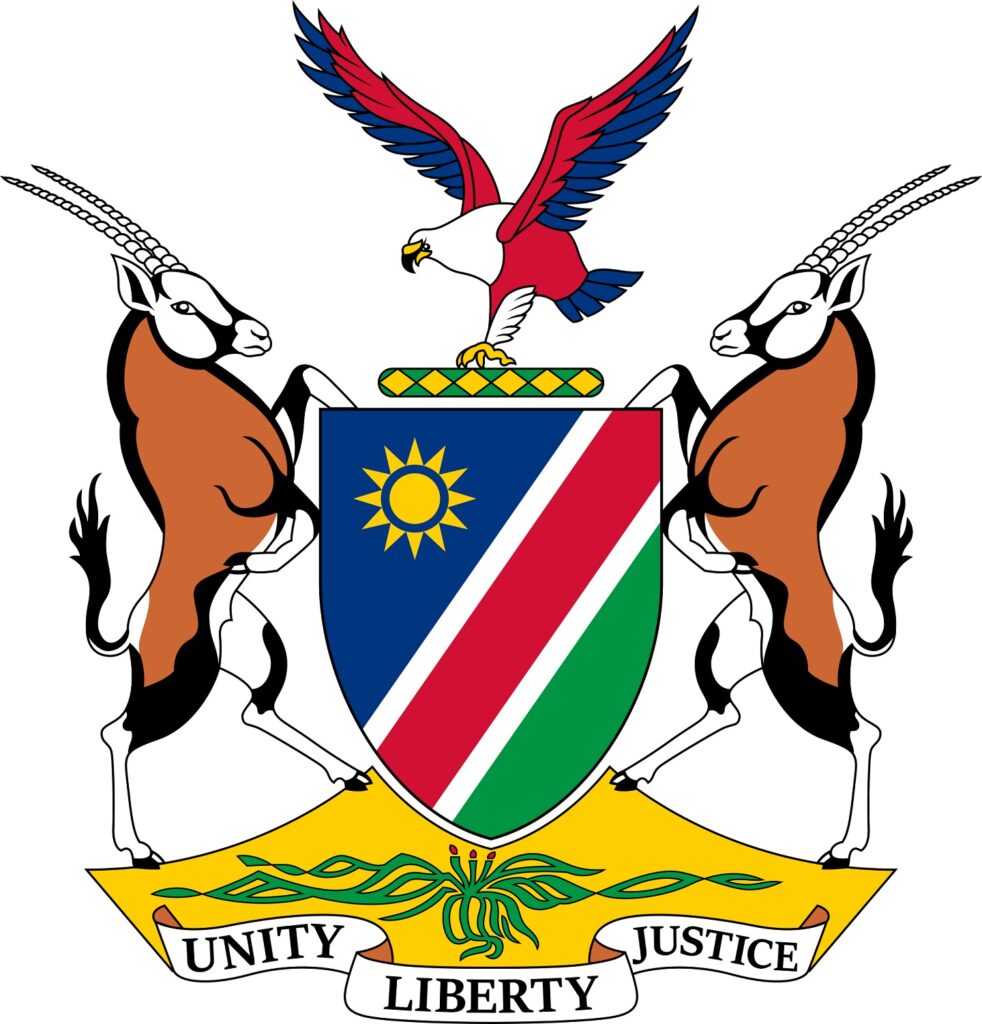
Then it’s through more desert on the way to the coast.
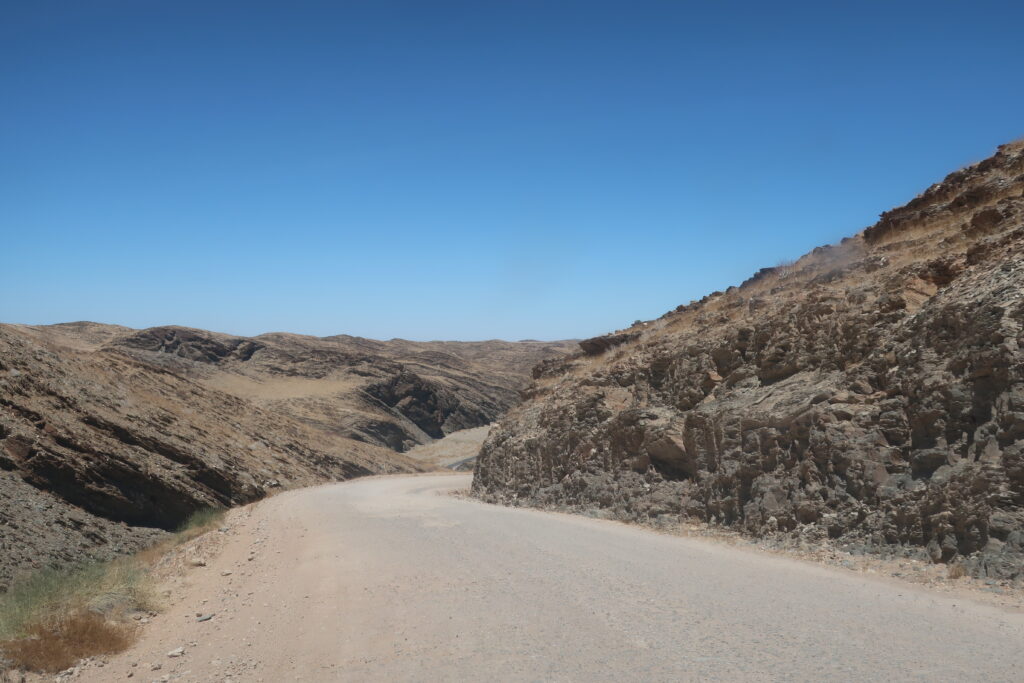
We finally reach the coast at Walvis Bay. Walvis Bay itself doesn’t look too appealing, so we carry on up the coast to Swakopmund.
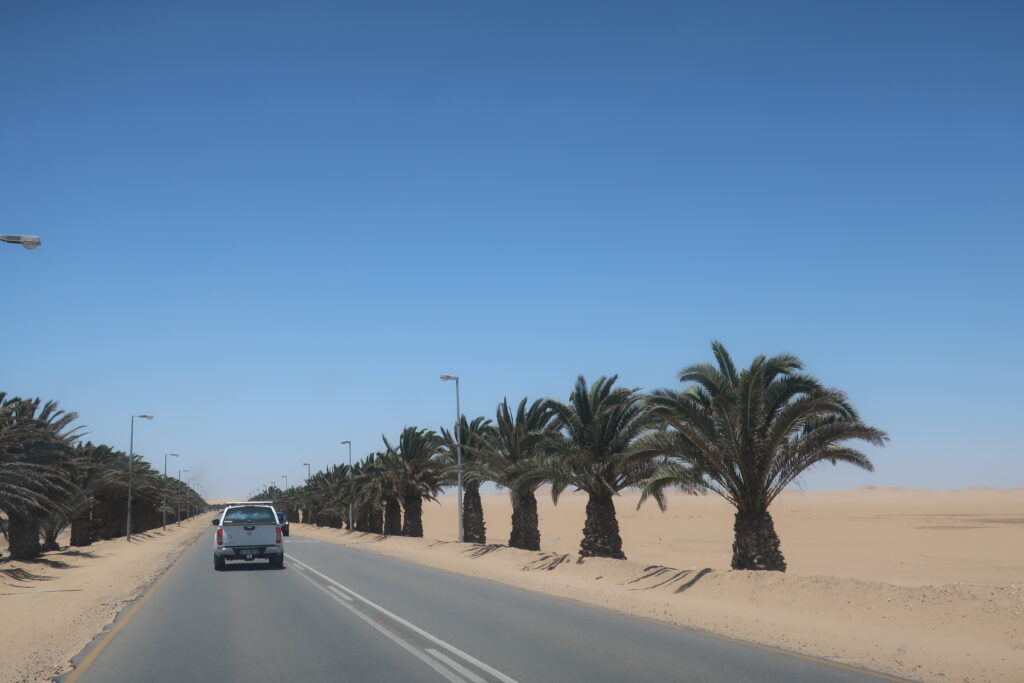
The road between Walvis Bay and Swakopmund reminds us of the United Arab Emirates.
Lots of ship traffic at Walvis Bay. It’s Namibia’s main port.
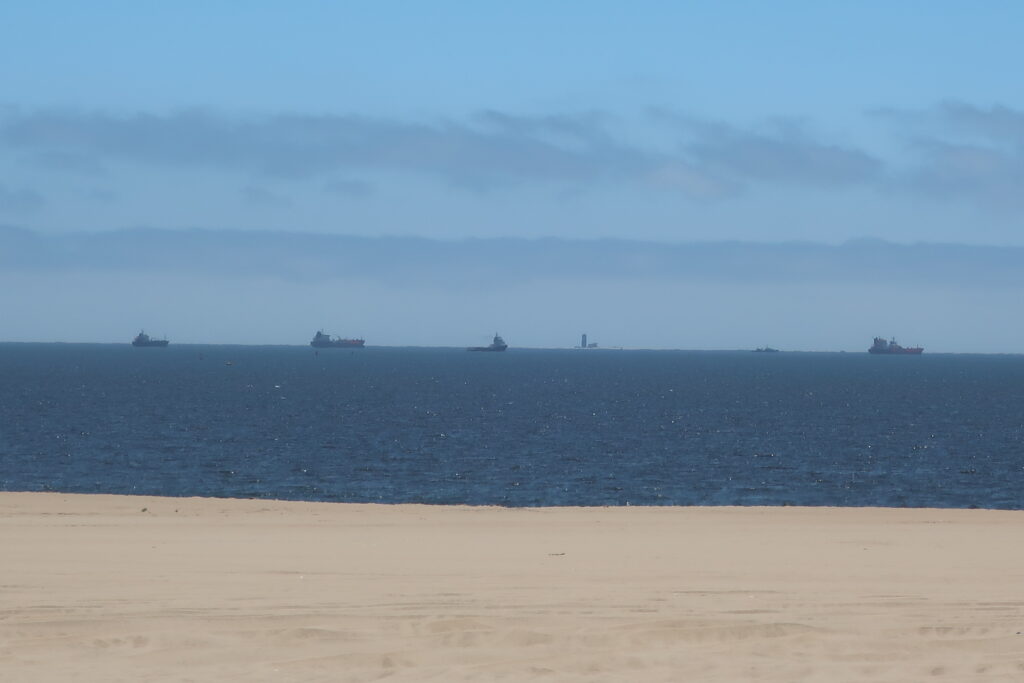
Swakopmond, like Lüderitz, has lots of German-era buildings.
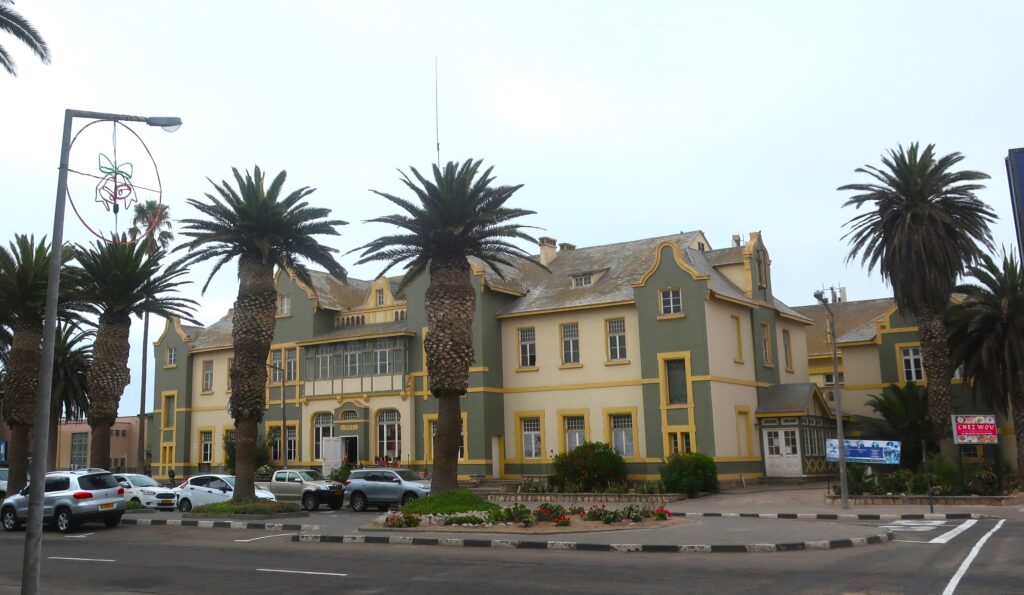
All that’s missing is men in lederhosen and women in dirndls.
We have a good time in Swakopmund. It’s pretty cosmopolitan, compared to Lüderitz. Less remote-feeling. The best restaurant in town is The Tug. We eat there twice. The town has great bookshops.
.
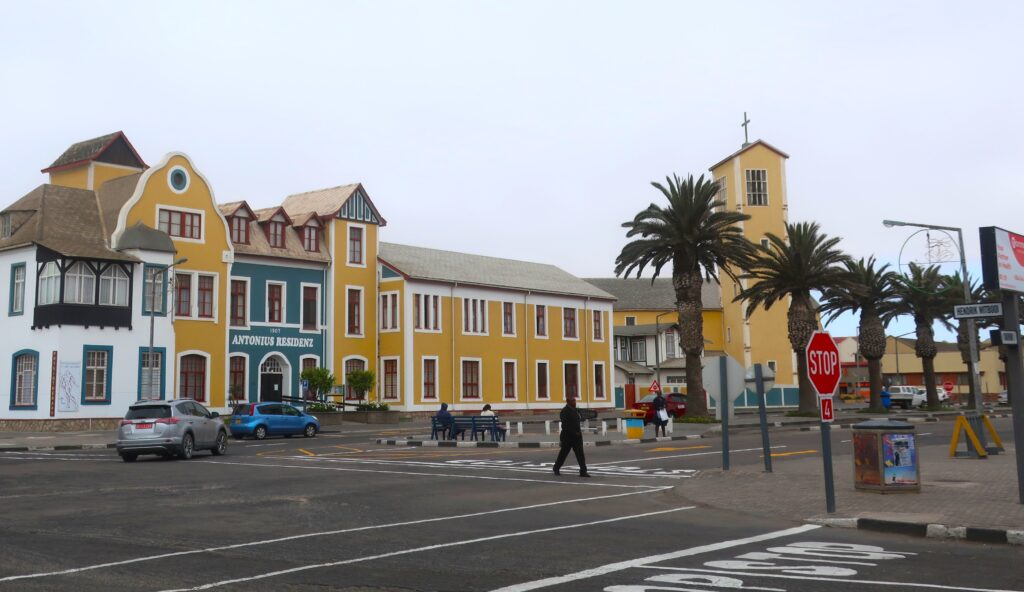
A few strange memorials in the middle of town. One is for fallen German soldiers of both World Wars. Even though South West Africa was administered by British ally South Africa for all of one conflict and three quarters of the other.

Close by is one even stranger, the Marine Memorial. It’s a memorial to the – relatively few – German soldiers who died in the Herero War of 1904-1907, commonly recognized as the first genocide of the twentieth century. (I always assume that everyone is familiar with this event, but whenever I mention it, I get blank stares. I find this surprising, especially in these days when everyone claims to be an expert in Colonial oppression.)
Sight or Insight of the Day
In Swakopmund, we stay at the Desert Sky Backpackers. It’s clean, comfortable, and well located.
The best thing is the owner’s dog, Mischa. She’s the friendliest dog ever, and soon latches onto us as a pair of attention-lavishing suckers.
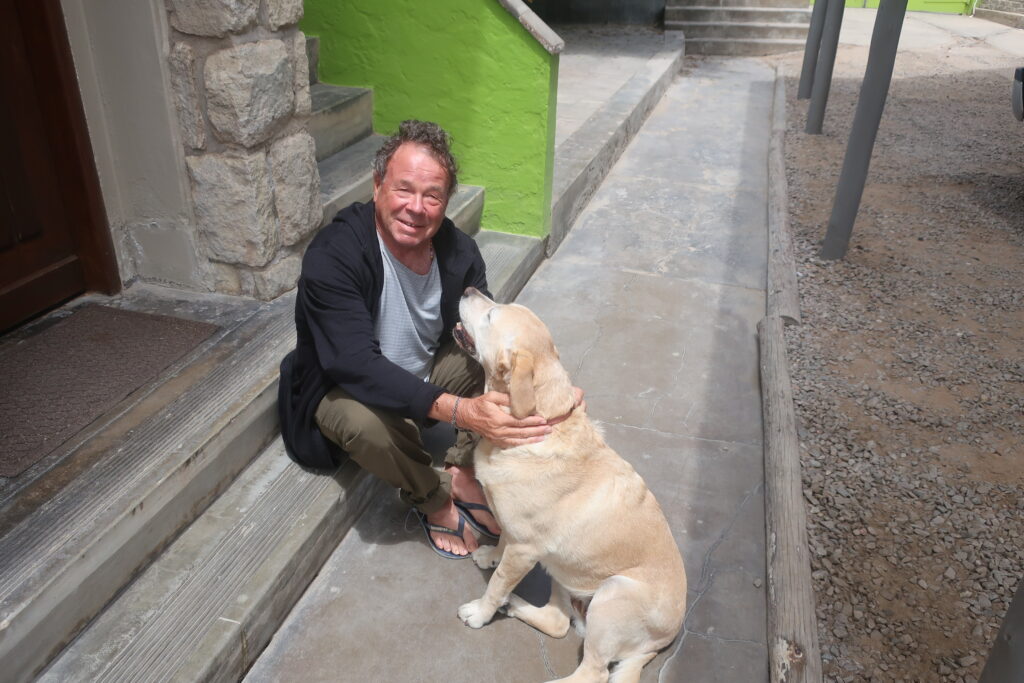
She follows us around the property. We kind of adopt her, taking her for walks along the beach.
